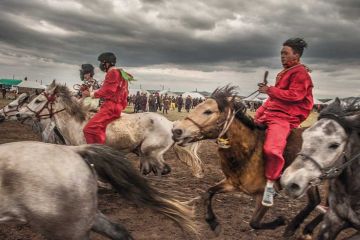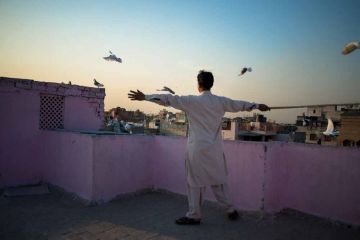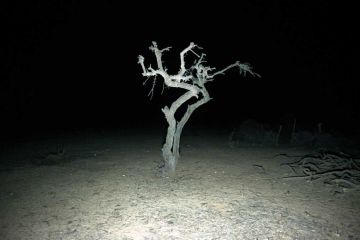This land is known as the Changthang, a
high-altitude plateau stretching from northwestern Tibet into south-eastern Ladakh. The people of Changthang, known as Changpa or Drukpa, are
nomadic shepherds. They migrate along the established route year after year,
staying in the same encampments each time.
The Changpa live in tents made from yak wool and their lives are centred
around their livestock. They roam from one pastureland to another, trading
meat, wool and unprocessed cashmere.
T





